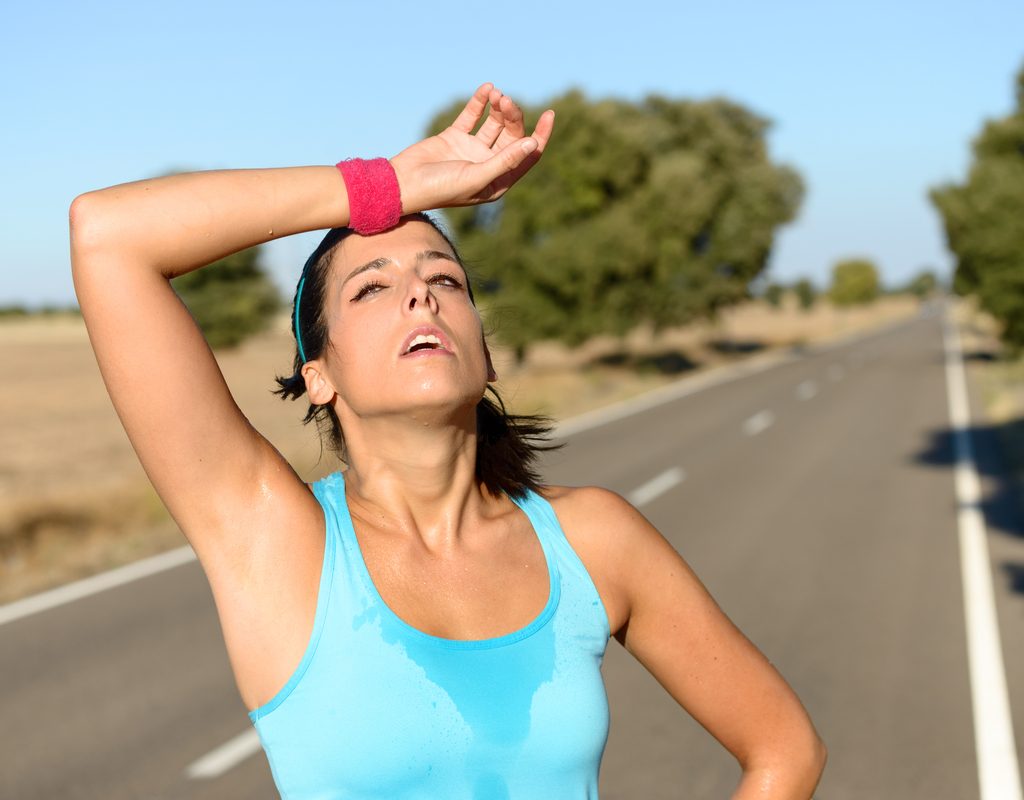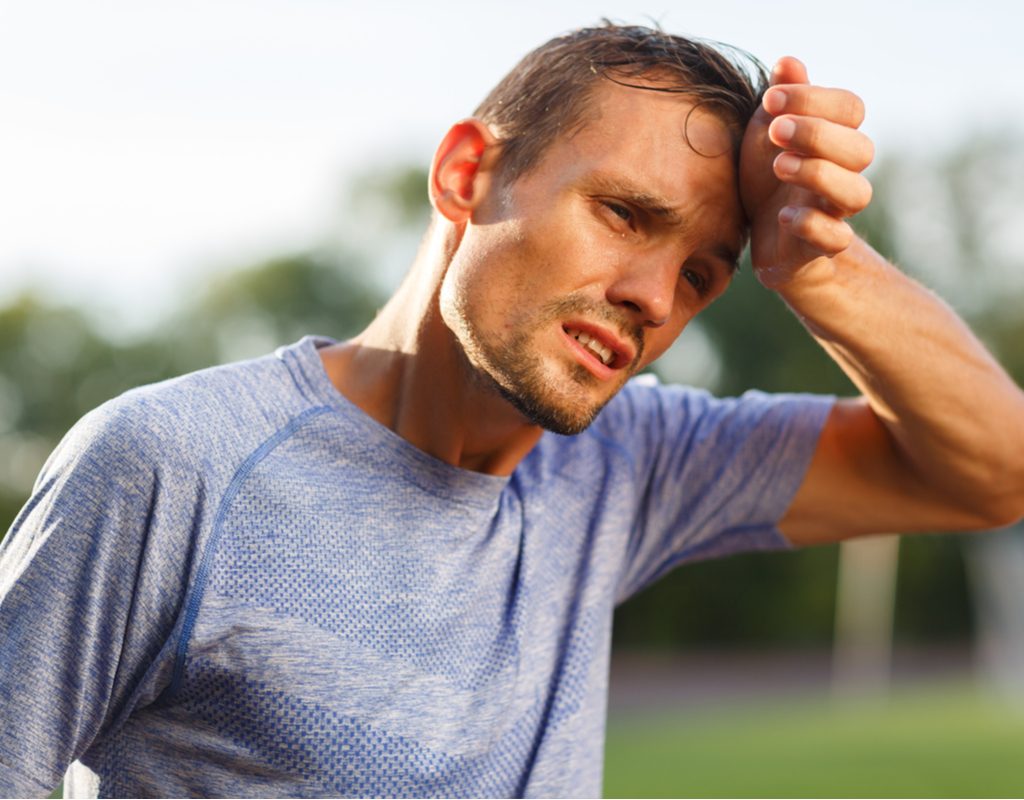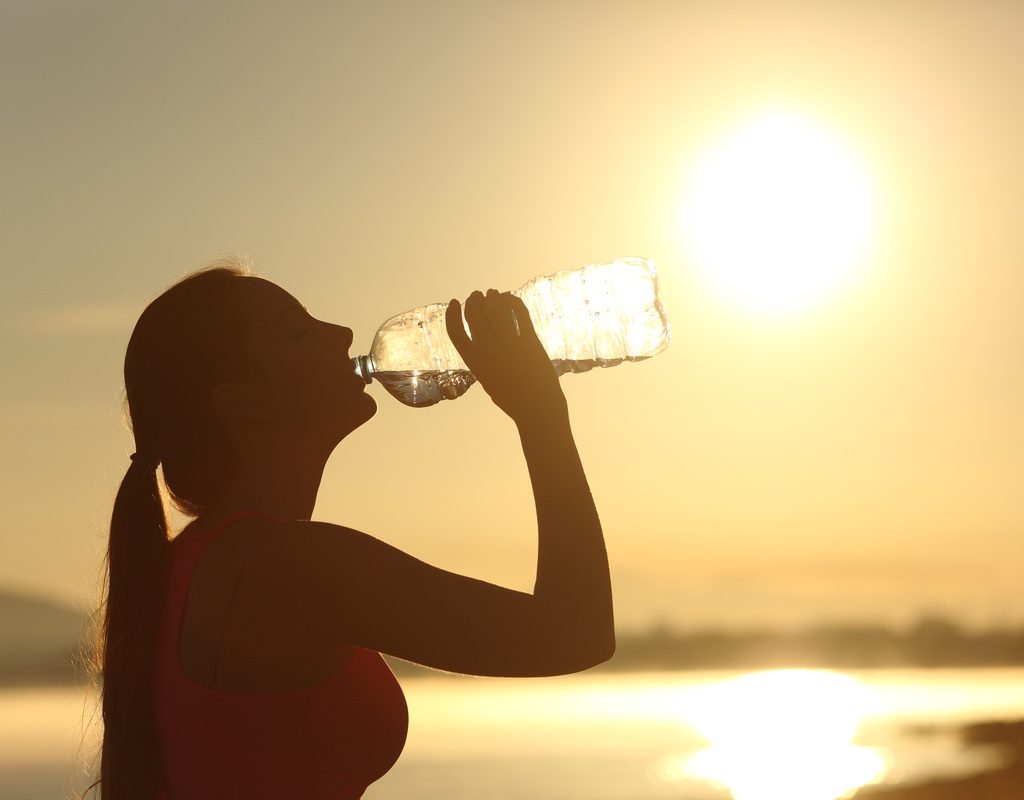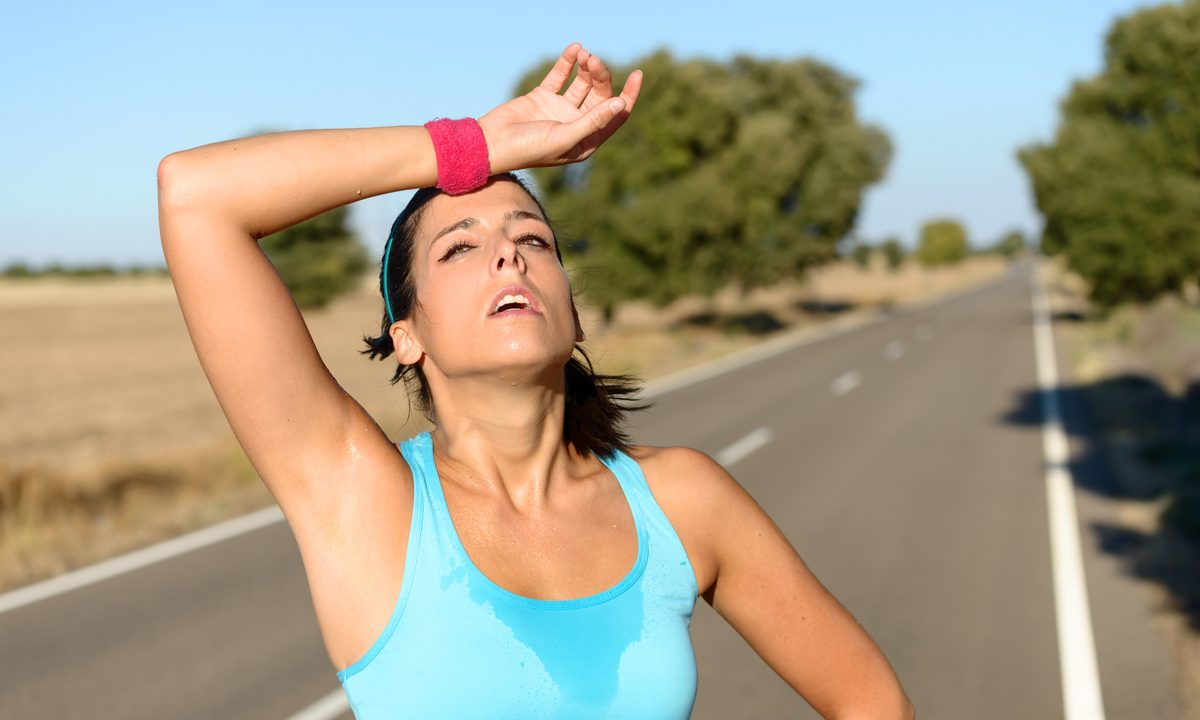
The warm-weather months are perfect for getting out and exercising outdoors. People emerge from their homes, rubbing their eyes and raring to go on that run or swim or pickup basketball game they’ve been dreaming about since their hibernation began.
But high summer comes with risks from extreme heat, and these are not to be taken lightly, no matter who you are or what kind of shape you’re in.
And it’s only getting hotter. According to the US National Oceanic and Atmospheric Administration, 2020 was one of the hottest years on record for the United States, with a single-day temperature–130 degrees in Death Valley, California–breaking the national record for the hottest day in the nation’s history.
Now, 130 degrees isn’t exactly likely for other places, but it does show the need for extra awareness of extreme heat around the country as the mercury levels rise. To help you get prepared for those outdoor workouts, here’s how to safely work out in the summer.
Health risks of extreme heat
According to the US Centers for Disease Control and Prevention (CDC), about 700 Americans die each year from heat-related causes, including the poor air quality that can result from the heat itself.
Of course, you don’t need to die from extreme heat in order for the heat to cause problems. Some of the common problems, signs, and symptoms include:
Heatstroke
– Headache or dizziness
– Body temperature of 103 degrees or higher
– Hot, red, dry skin
– Fast pulse
– Confusion and fainting
(Note: Heatstroke is the most serious heat-related problem, so call 911 if you think someone may be experiencing heatstroke.)

Heat exhaustion
This is not considered as serious as heat stroke, but it is still serious nonetheless.
– Clammy skin
– Heavy sweating
– Weak pulse
– Headache
– Nausea or vomiting
– Muscle cramps
– Fainting
Heat cramps
This is a relatively minor problem caused by the heat, but it should be quickly treated. Stop exercising and drink as much fluid as possible and stretch the affected muscles as you wait for the cramps to subside.
– Heavy sweating
– Muscle pain or spasms
Heat rash
– Clusters of small blisters
– Blisters usually occur on the neck, chest, groin, or elbow crease

Ways to stay cool (and safe) in the heat
According to the CDC, although some of these problems are more serious than others and can require their own specific courses of treatment, the following steps can help in all cases and ensure your safety and that of your friends and loved ones when the mercury starts to climb:
– Move to or stay in an air-conditioned, indoor location
– Hydration, hydration, hydration: drink as much fluid as you can, even if you aren’t thirsty
– Schedule outdoor activities with the heat and sun in mind. In particular, try to consider the time of day to avoid the mid-afternoon hours when the sun is at its most oppressive
– Wear loose, lightweight, light-colored clothing
– Use sunscreen
– Don’t go too hard with your workout; take breaks and slow down if you need to
– Take cool showers or baths to cool down afterward
– Keep tabs on your workout buddies and be prepared to help if need be
– Monitor local media for health and safety updates
Heat-related issues can come on fast, and plenty of people in the midst of a workout are often reluctant to stop (much less ask for help). Just remember that safety comes first. Adp[t a mindset both for yourself and your teammates that it’s OK to take breaks; no one will judge or make fun.
Don’t forget; if the heat proves to be too much for you over and over, you can always switch to an early morning or late night routine, or simply choose your local gym for a more comfortable workout experience. As always, the key point with exercise is finding something you can do over the long term.
BlissMark provides information regarding health, wellness, and beauty. The information within this article is not intended to be medical advice. Before starting any diet or exercise routine, consult your physician. If you don’t have a primary care physician, the United States Health & Human Services department has a free online tool that can help you locate a clinic in your area. We are not medical professionals, have not verified or vetted any programs, and in no way intend our content to be anything more than informative and inspiring.



